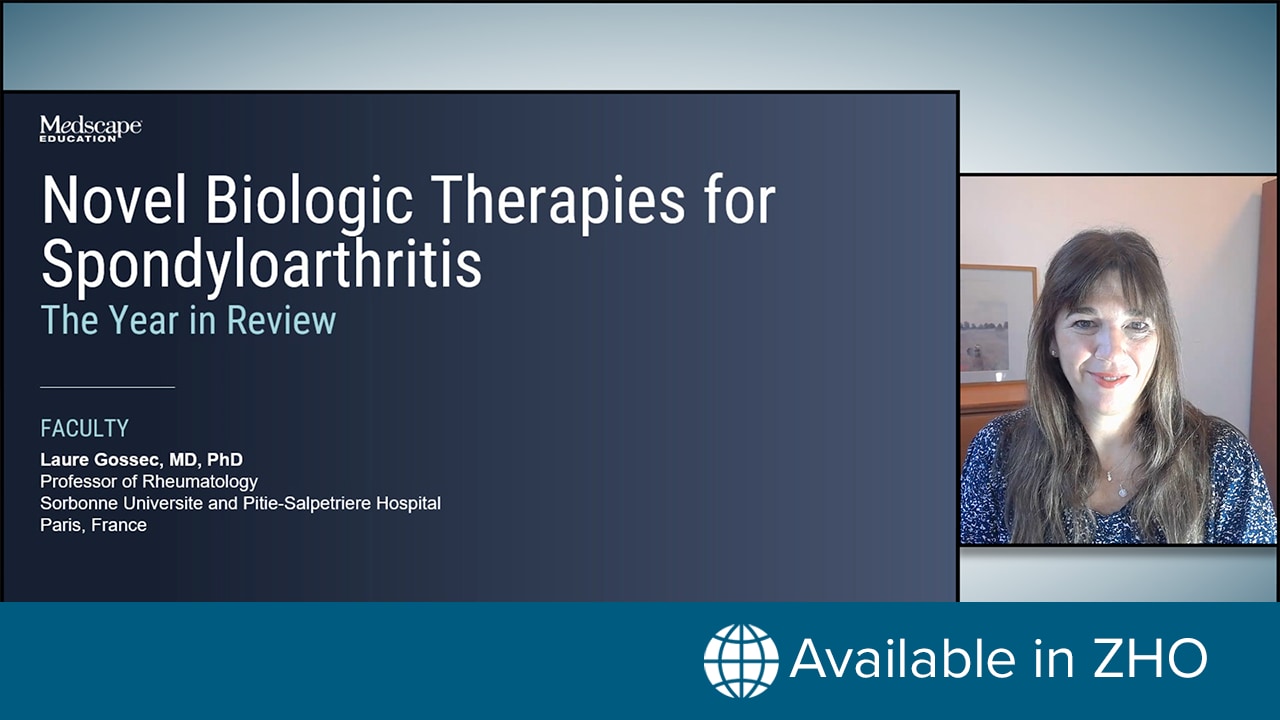Nanoparticles in Imaging
While nanoparticles are usually designed for targeted drug delivery, they can simultaneously provide diagnostic information by a variety of in vivo imaging methods (Figure 2).
Figure 2.
Characteristics of nanoparticles used for the diagnostic imaging of hematological diseases. CT: Computed tomography; NP: Nanoparticle; SPECT: Single-photon emission computed tomography.
Molecular imaging is an emerging field integrating molecular biology, chemistry and radiology in order to provide greater understanding regarding biological processes and identifying diseases based on molecular markers, which appear earlier than clinical symptoms of disease.[83]
Various techniques are used for cancer imaging, such as computed tomography (CT), x-ray imaging, MRI, PET, SPECT.[84] CT is one of the leading radiology technologies that is applied in the field of biomedical imaging. The new-generation CT contrast agents that are based on high-atomic-number materials have great potential not only because of their ability to produce contrasts that are higher than conventional contrast agents, but even more importantly because of the possibility of lowering the overall radiation exposure to patients. In order to provide longer blood circulation times, several contrast agent-loaded or -coated liposomes, polymers or micelles have been developed. Nanoparticles that are taken up by macrophages can be used for CT signal enhancement for macrophage-rich organs, such as the healthy liver, spleen and lymph nodes. The mapping of lymph nodes is very important for cancer staging and for precise determination of tumor metastasis, which could prevent unnecessary dissection surgery. As a new material, polymer-coated bismuth sulfide (Bi2S3) nanoparticles have shown superior performance to iodine as a CT contrast agent and have also demonstrated an efficient and safe profile in vivo. However, there are several challenges remaining, including the difficulty of controlling the size and surface modification of Bi2S3 nanoparticles and the toxicological risks from bismuth. Meanwhile, gold nanoparticles have generated interest as a CT contrast agent, and they have shown many advantages, such as easy control of sizes and shapes, biocompatibility, low toxicity and a high x-ray absorption coefficient.[85]
MRI is a noninvasive imaging modality that is able to provide much information on the inside of the body, including anatomical, physiological and even molecular information. MRI offers high contrast of soft tissues and a sufficient penetration depth to visualize the entire human body. The contrast agents that are routinely used in clinical practice are mainly paramagnetic chelates of gadolinium (Gd3+) ions. Substantial progress has been made in terms of designing and synthetizing Gd3+ ion-based MRI agents for targeted cancer imaging that can selectively target specific receptors that are overexpressed on certain cancers.[84] A problem of Gd-based agents are side effects, such as nephrogenic system fibrosis, due to the high toxicity of Gd. Iron oxide has been applied in biological systems after surface changes by biocompatible materials, such as dextran, PEG and poly(lactic-co-glycolic) acid. Iron oxide-based agents have advantages in terms of precise control, the large-scale production of diverse core sizes, low toxicity, heating effects (hyperthermia) and dragging effects by an external magnet. However, due to the negative contrast effects, it is still challenging to quantify the negative contrast effects of these agents.
PET is a nuclear medicine imaging modality that produces 3D functional images in the body. The positron signals (γ-rays) emitted from radioactive isotopes or tracers are detected without external excitation. A similar technique is SPECT. For SPECT imaging, different isotopes are used. The sensitivity of SPECT is less than that of PET, but SPECT can visualize different radioisotopes at the same time, because different isotopes emit different γ-rays of different energies in SPECT. PET and SPECT have the highest imaging sensitivities among the current imaging modalities.
However, the combination of PET and SPECT with MRI or CT could be the most promising approach for synergistic effects in a multimodality strategy. Multimodal imaging and theragnosis (the integration of diagnosis and therapy) are representative challenging fields in which the multifunctionality of nanoparticles is highly needed and applied with remarkable effect.
Multimodal Imaging
Each imaging modality (MRI, CT, ultrasound, PET and SPECT) has its own unique advantages along with intrinsic limitations, such as insufficient sensitivity or spatial resolution, which make it difficult to obtain accurate and reliable information at the disease site. Multimodal imaging (e.g., PET/CT or PET/MRI) is a powerful method that can provide more reliable and accurate detection at disease sites. The intrinsic strong and weak points of each instrument are significant, and they are hardly overcome by the improvement of imaging instrumentation alone. For this reason, the imaging modalities that are highly sensitive (e.g., PET or optical imaging) are frequently combined with other imaging modalities with high spatial resolution (e.g., MRI or CT). Nanoscale multimodal imaging probes that carry more than two imaging agents have the potential to overcome the limitations of a single imaging modality and provide more detailed information regarding the target site through targeted delivery. While new nanoparticles have been reported to minimize errors, most nanoparticles are not able to be translated to clinical sites for human applications.
Some inorganic nanoparticles exhibit intrinsic imaging abilities, such as iron oxide nanoparticles for MRI, gold nanopartricles for CT and quantum dots for optical imaging. Recently, trimodal imaging probes for PET/optical imaging/MRI have also been designed by combining radiometal chelates with dual MRI/optical imaging probes. There is still uncertainty regarding the toxicity of these nanoparticle contrast agents; although most of the reviewed studies have stated that no toxicity has been observed, a comprehensive prospective toxicity study needs to be performed.[83]
Nanomedicine. 2014;9(15):2415-2428. © 2014 Future Medicine Ltd.











